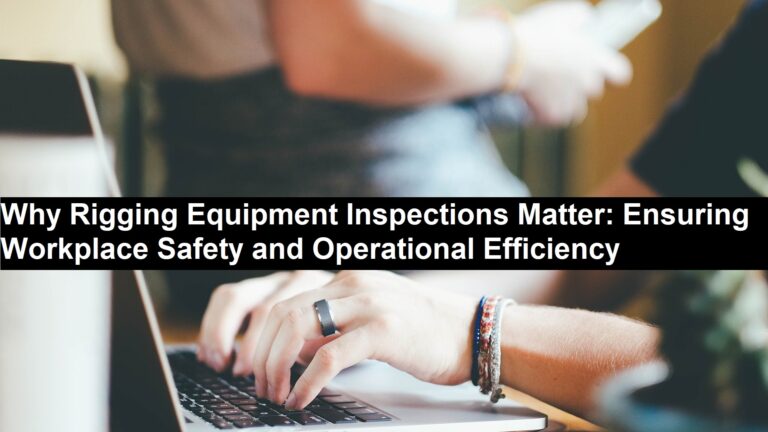In industries like construction, manufacturing, and logistics, rigging equipment is essential for safely lifting and transporting heavy loads. Equipment such as slings, shackles, hoists, and chains endure high-stress conditions, making regular inspections vital for both safety and performance.
Routine inspections are critical for catching minor wear before it becomes a serious issue, helping to prevent accidents, injuries, and unexpected downtime. These checks identify visible issues—such as rust, deformations, or fraying—and confirm that the equipment is being used within proper load limits and according to manufacturer guidelines. This proactive approach minimizes the risk of equipment failure during crucial operations and ensures compliance with safety standards.
Read: Learn More About Cannon Trading’s Expert Consultation for Smarter Trading Decisions
Establishing a regular inspection process helps businesses reduce hazards, extend the lifespan of their rigging gear, and promote a safer work environment. This guide will walk you through the key steps of rigging equipment inspections, common signs of wear, and best practices to keep your rigging setup performing at its best.
Infographic provided by Ashley Sling




